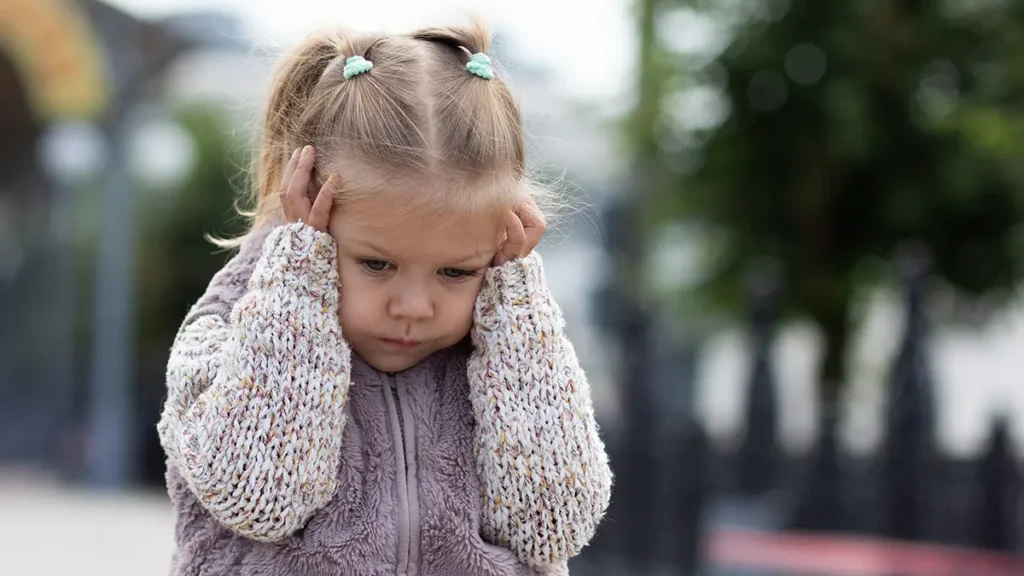Dealing with emotions can be tricky for all of us, but it is especially tough for young children. Here is a guide to understanding and navigating all the childhood emotions little people may experience.
Anyone who has spent time around kids will have noticed the intensity and irregularity with which they experience their emotions. Like small storms that come and go, it is essential that we weather these outbursts and become the lighthouse that guides our children through their early childhood emotional development.
Let it out
Naturally, we see it as our primary job as carers to protect our little ones from hurt or negativity. We understand the chaos feelings of shame, disappointment, and sadness can wreak on our inner selves and may seek to stop our children experiencing them all together, aiming to support their emotional development. Yet not only is this impossible, it is also the incorrect approach to take when guiding a child’s emotional development.
Emotions, after all, are the heart of what it means to be human and provide us essential information about our surroundings, especially during infancy and early childhood. Unlike in our days as hunters and gatherers, we no longer need fear to warn us of an approaching predator, but it is still a useful emotion: acting as a compass toward internal calm and safety.
However, while such emotions are necessary, the extent to which they can also cause problems depends on our child’s ability to self-regulate. Children’s prefrontal cortex, an area of the brain that controls emotions and functions, does not fully develop until the early to mid-twenties. This is why it is necessary for parents to step in and provide much-needed support, acting as a caregiver in their child’s emotional and behavioural development.
The environment
One of the first steps in helping children with strong childhood emotions is to create a safe and open environment where they feel comfortable expressing their feelings. Encourage them to talk about their emotions without judgment and let them know that it’s okay to feel whatever they’re feeling. This helps children develop emotional intelligence and the ability to identify and label their emotions accurately, which is a crucial part of their social and emotional development.
Creating such a space though, can take a great amount of patience, especially when helping a child learn to express emotions. We need to understand that kids can get upset about little things: from an untied shoelace to an uncooperative toy. This will often happen at the most inopportune times, such as at bedtime or when you’re about to leave for school. And most upsettingly, this small setback can morph into what feels like a disaster of epic proportions.
These apocalyptic emotions combined with a child’s lack of tools for coping with them can cause us as adults to respond with equal ferocity, but it is important that we resist such urges.

Guidance
Children often learn by example, so it’s essential for adults to model healthy emotional expression. Show them how to cope with strong emotions constructively by talking about your own feelings and demonstrating appropriate ways to manage them. This can include taking deep breaths, counting to 10, or finding a quiet space to calm down – simple techniques that caregivers can teach children to help them self-regulate.
Work with your child to develop coping strategies that can help them manage their strong emotions effectively, a crucial step in emotional development during early childhood. Teach them relaxation techniques like deep breathing or mindfulness. Encourage them to engage in activities that make them feel better, such as drawing, playing or physical exercise, to help express emotions in a constructive way.
Boundaries
Naturally, accepting these childhood emotions doesn’t also mean that they have carte blanche to behave in a certain way, reinforcing the need for early childhood behavioural guidelines. Establishing clear and consistent boundaries is essential, letting them know what amounts to an acceptable reaction and what does not. When a child crosses a boundary, provide a consequence that is appropriate and related to their actions. Consistency is key.
Finally, help children develop problem-solving skills, a key aspect of emotional development. Ask open-ended questions like, “What do you think might help you feel better?” or “How can we resolve this issue together?”. This encourages critical thinking and independence in managing emotions leading to a more harmonious life for all, fostering healthy behaviour patterns from an early age.









